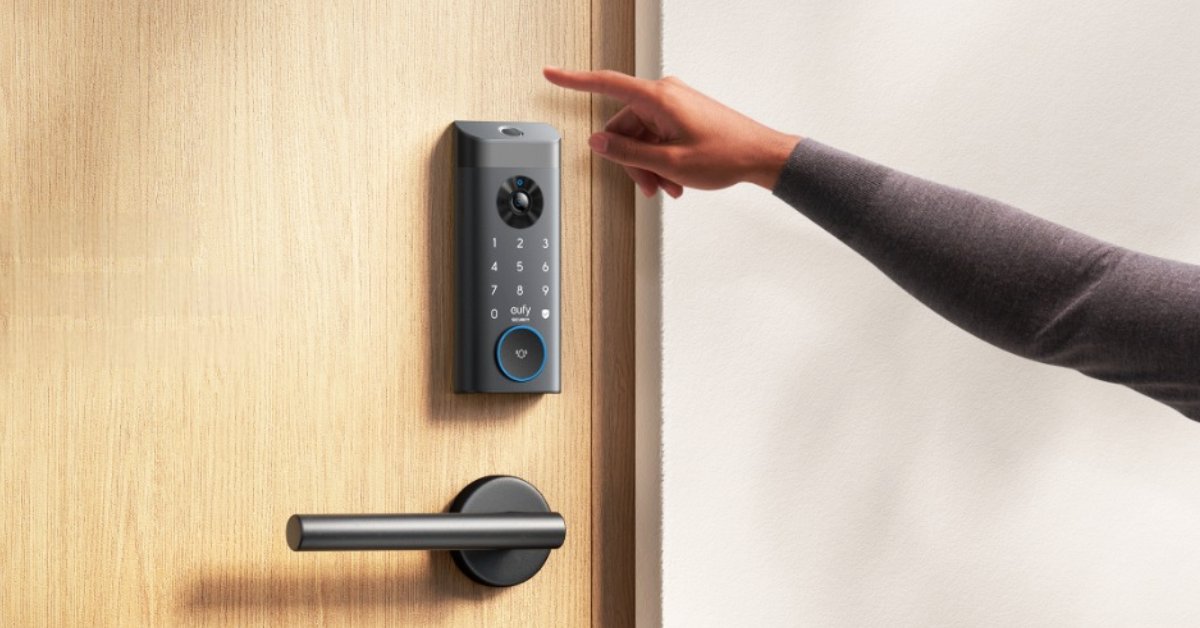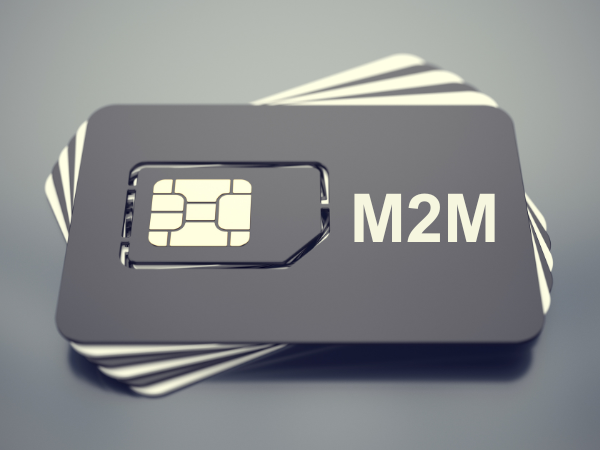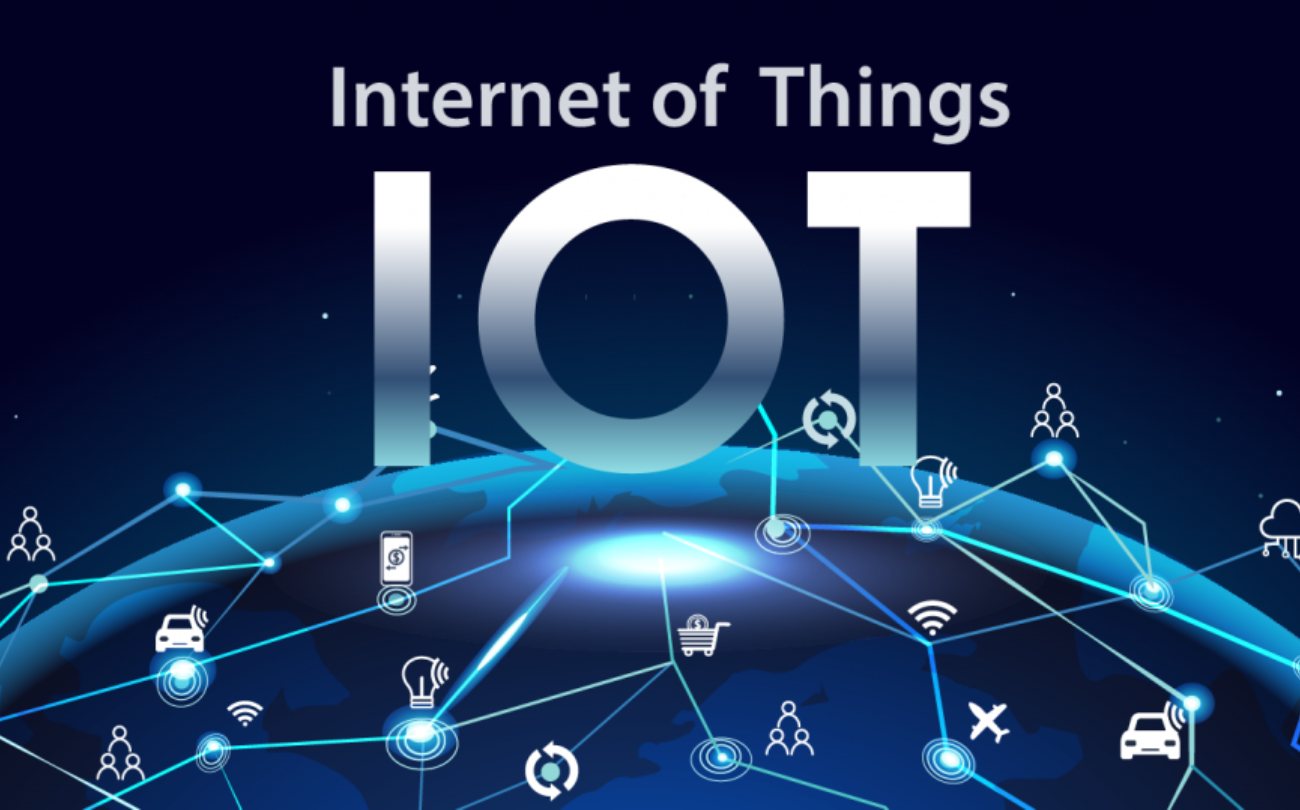In today’s connected world, security goes beyond just locking a door—it’s about intelligence, convenience, and real-time monitoring. Smart access control systems and smart locks have revolutionized traditional security, but the unsung hero behind their efficiency and reliability is often overlooked: the IoT SIM card. Let’s dive into why these devices can’t function effectively without IoT connectivity.
The Evolution of Smart Access Control and Smart Locks
If security is a basic human need, then locks have always been our earliest tools for protection. From the earliest mechanical locks, which relied on physical keys, to electronic locks using passwords, magnetic cards, or fingerprints, the journey of locks has been one of continuous innovation.
Mechanical locks served us well for centuries but had obvious limitations: keys could be lost or copied, and security was not always guaranteed. Electronic locks solved some of these problems, offering convenience for office buildings, hotels, and residential areas by allowing card swipes or password entries instead of bulky keychains.
The latest evolution comes in the form of smart locks and smart access control systems. These devices integrate biometric authentication, mobile apps, and cloud-based monitoring, transforming a simple lock into a full-fledged security system. They can record entry logs in real-time, push alerts when unauthorized access is detected, and offer remote control capabilities—all of which rely heavily on a stable network connection.
Why Smart Access Control and Smart Locks Need Connectivity
Many people assume that smart locks are simply about convenience—unlocking via fingerprint or phone. However, the true intelligence of these devices comes from their ability to connect to a network. Without connectivity, they are just advanced electronic locks, unable to unlock their full potential.
- Efficient management: A residential or commercial building with hundreds of users needs centralized control. Networked locks allow administrators to update permissions, revoke access, or monitor usage in real-time—something impossible with offline devices.
- Remote control: Imagine a delivery arriving while you’re out. A connected smart lock lets you grant temporary access remotely through a mobile app.
- Data insights: Connected locks generate valuable entry and exit data. This helps property managers optimize security, identify peak usage hours, and detect abnormal activities.
- Enhanced safety: Real-time alerts notify users immediately of unauthorized access or tampering. Offline systems delay this feedback, leaving security gaps.
- Scalability and integration: Connectivity enables smart locks to integrate into broader smart home or smart building ecosystems, linking with lighting, cameras, and alarms for a seamless user experience.
What Happens Without an IoT SIM Card?
Without IoT SIM cards, smart locks and access control systems lose their edge.
- Limited functionality: Remote operations, like opening a door from afar, are impossible.
- Compromised safety: Alerts and notifications are delayed or fail to reach users, reducing the effectiveness of security measures.
- Management challenges: Manual updates and offline data handling increase workload and error risk, especially in large-scale deployments.
- Data loss: Offline locks cannot provide real-time analytics, preventing actionable insights.
- Reduced ecosystem integration: Devices cannot communicate with other smart systems, limiting automation and scalability.
In short, a smart lock without an IoT SIM card is only “half smart.” It may look modern but lacks the connectivity needed for real intelligence, security, and convenience.
The Role of IoT SIM Cards in Smart Access Control
IoT SIM cards are the backbone of smart access control and smart locks. They enable:
- Real-time connectivity: Ensures locks stay connected to cloud platforms and mobile apps for remote management.
- Security enhancement: Enables instant alert transmission in case of tampering or unauthorized access.
- Efficient management: Centralized permission updates, entry logs, and device monitoring reduce manual workload.
- Data-driven insights: Continuous data transmission supports analytics, security optimization, and predictive maintenance.
- Ecosystem integration: IoT SIM cards allow locks to communicate with cameras, lighting, alarms, and smart home systems, creating a fully connected environment.
How IoT SIM Cards Enable “Smart + Secure” Locks
IoT SIM cards function as the “nervous system” of smart locks. They guarantee 24/7 connectivity with cloud servers and mobile apps, allowing instant remote operations, real-time alerts, and automated responses. This transforms the lock from a static security device into an intelligent, proactive security solution.
Furthermore, IoT SIM cards improve operational efficiency in environments with multiple users, like residential complexes, offices, or hotels. Permissions can be updated instantly, activity logs are always accessible, and anomalies trigger immediate notifications—ensuring both safety and convenience.
Zhongyi IoT Solutions for Smart Access Control
Zhongyi IoT is a leading high-tech enterprise providing end-to-end IoT solutions. In the smart access control sector, Zhongyi IoT offers:
- IoT SIM Cards: Supporting 2G/4G/5G/NB-IoT networks for stable, low-power, long-term connectivity.
- Remote Monitoring Platforms: Real-time device status monitoring including door states, battery levels, and signal strength.
- Data Analytics & Intelligent Management: AI-driven insights optimize access patterns, device allocation, and security operations.
- Security & Anti-Tampering: Remote lock control, real-time alerts, and location tracking enhance safety.
- OTA Remote Upgrades: Over-the-air updates ensure devices are always running the latest software without on-site intervention.
Zhongyi IoT’s solutions combine robust connectivity, cloud-based intelligence, and AI-powered analytics, enabling smart locks to achieve true intelligence, safety, and operational efficiency.
Conclusion
Smart access control and smart locks have evolved far beyond mechanical systems. Their true intelligence, security, and convenience rely entirely on continuous connectivity, which is only possible with IoT SIM cards. Zhongyi IoT provides the infrastructure and expertise to ensure that these devices are always connected, always secure, and always smart—helping homes, offices, and smart cities embrace the next generation of intelligent security.



